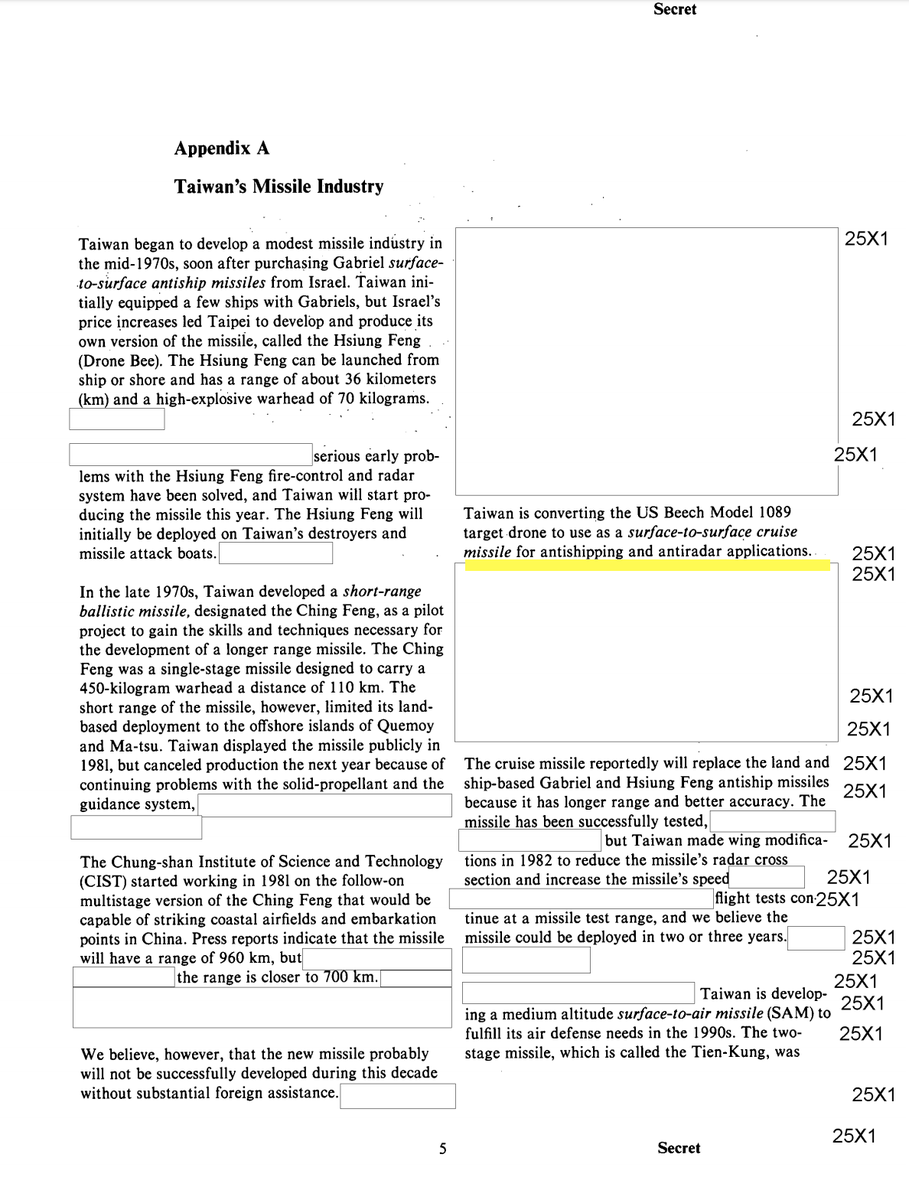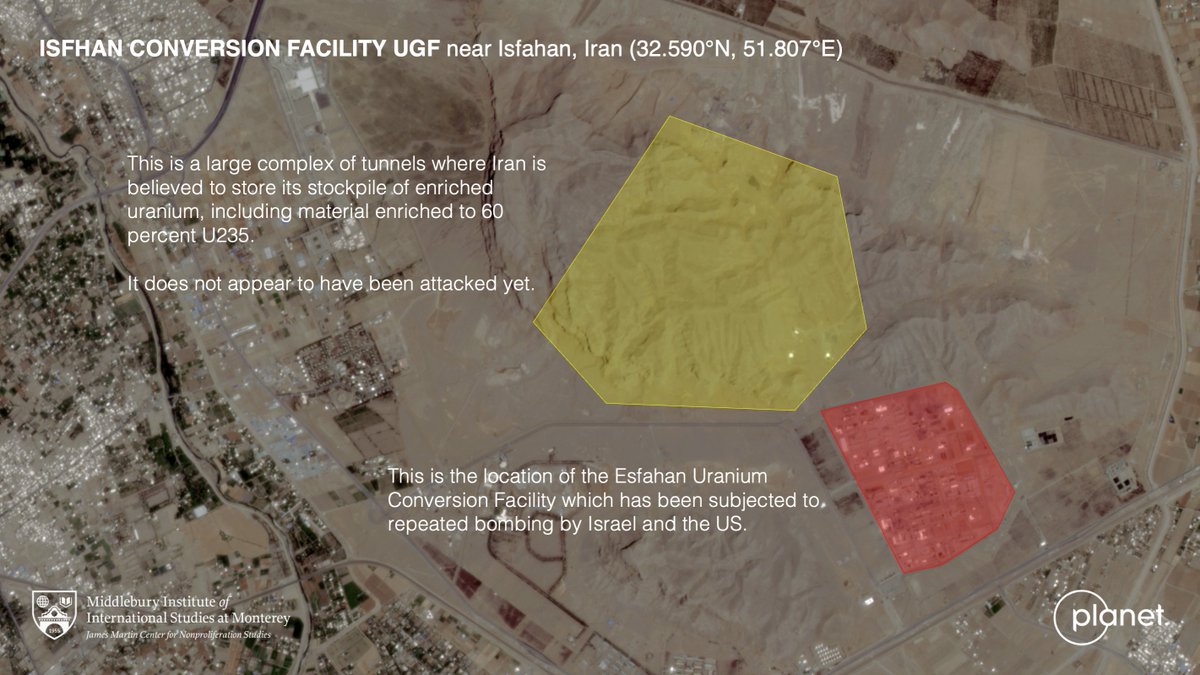This actually makes quite a bit of sense. The point of the #UAS restriction was originally to prevent the transfer of target drones that could be repurposed as cruise missiles.
https://twitter.com/StateDeptPM/status/1286766649966759941
Taiwan, for example, acquired a US-built target drone in the 1980s that it seems to have believed would make a good cruise missile. 



The drones we use today are much more like remote-controlled aircraft than missiles, as @mchorowitz has pointed out.
thebulletin.org/2017/06/drones…
thebulletin.org/2017/06/drones…
So, dividing the #UAS category into drones that are like aircraft (<800 km/h) and those that are like missiles (>800 km/h) makes a lot of sense to me. Here's a chart showing how I think different systems will be effected. 

I am less worried about the impact on the #MTCR because, in practice, states export these systems anyway despite a "strong presumption of denial". Most of the systems on this list, including Storm Shadow/SCALP-EG, have been exported to one country or another.
• • •
Missing some Tweet in this thread? You can try to
force a refresh

















